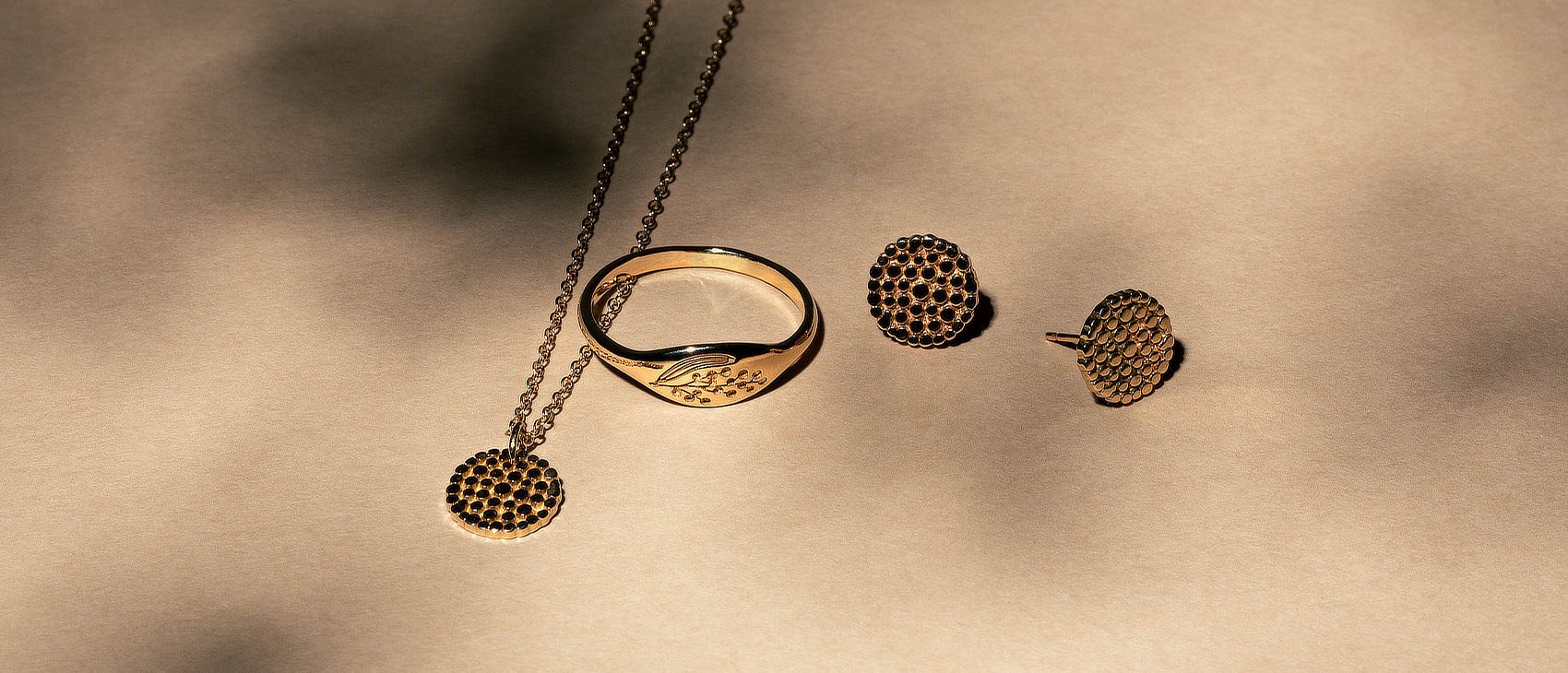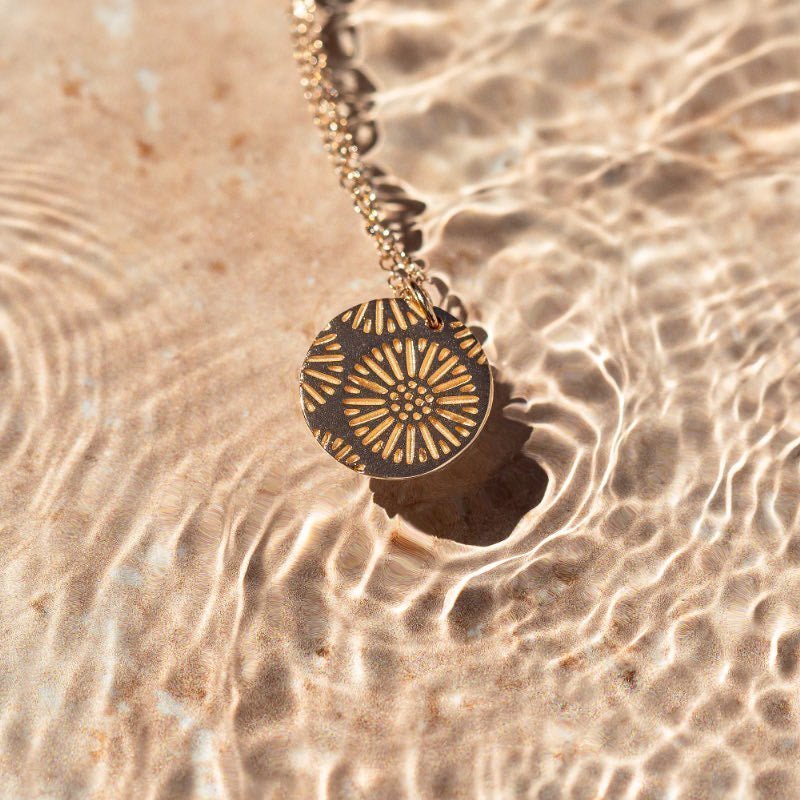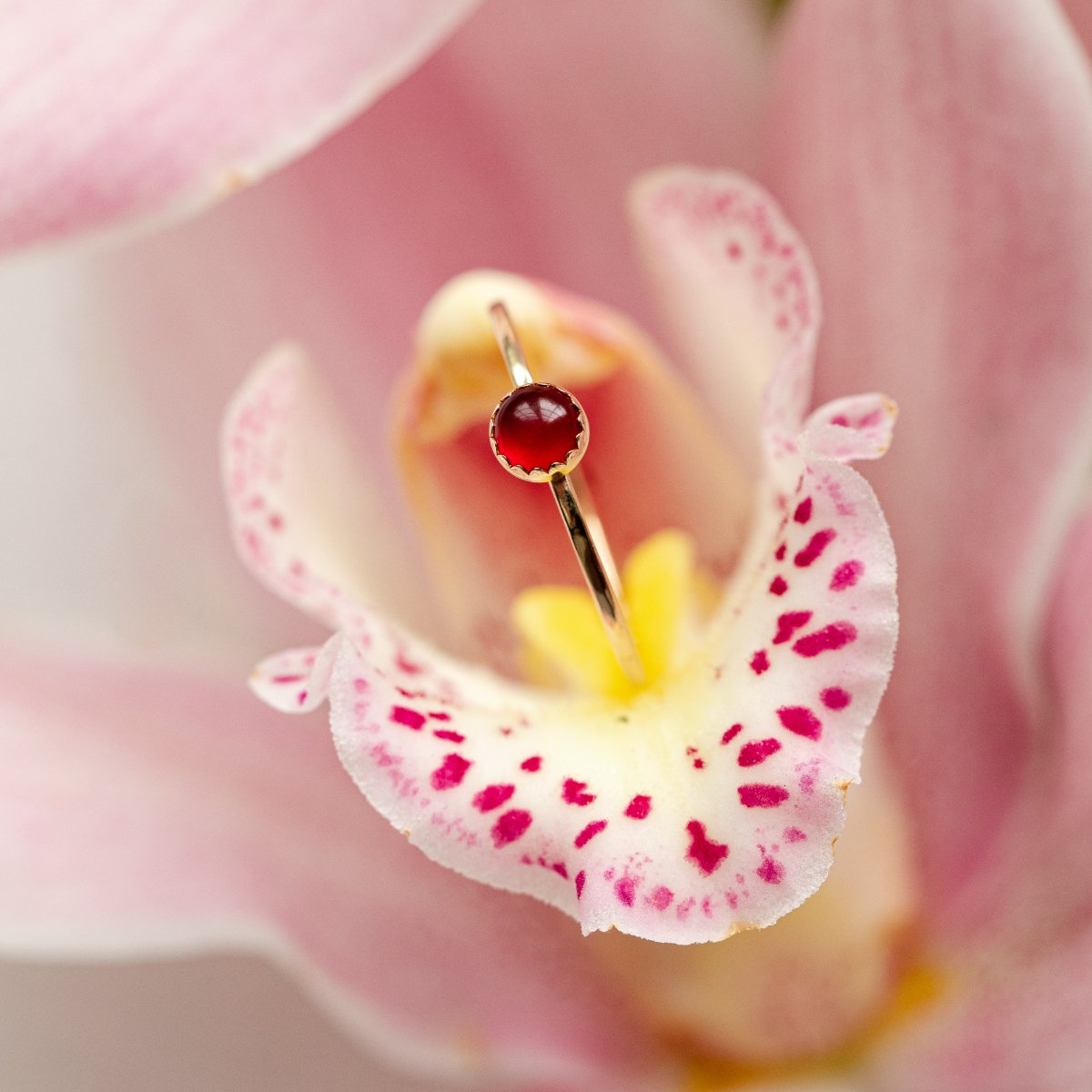 For centuries, sterling silver has been treasured for its beauty and versatility. Whether you're shopping for Sterling Silver Jewellery, curious about its composition, or wondering "Is sterling silver real?" or even "What is sterling silver?", this guide will give you the answers you seek.
For centuries, sterling silver has been treasured for its beauty and versatility. Whether you're shopping for Sterling Silver Jewellery, curious about its composition, or wondering "Is sterling silver real?" or even "What is sterling silver?", this guide will give you the answers you seek.
I've been designing and making sterling silver jewellery for about 30 years (true story!), so I know a lot about it as a metal used in jewellery. I want to share what I know in the hope that it will leave you better informed when you're shopping or caring for the sterling silver jewellery you own, whether from our Australian jewellery business or elsewhere.
In this article, we’ll explore:
- What is sterling silver?
- Is 925 silver real silver?
- Does sterling silver tarnish?
- How to care for silver jewellery
- How silver compares to gold, stainless steel, plated silver and more
Once you're across the basics, check out our Australian jewellery range, where you'll find silver earrings, silver necklaces, silver rings and more. Also see our most popular women's jewellery to see what other customers love.
Let’s dive in!
What is Sterling Silver?
Yes, sterling silver is real silver — but with an important difference. Pure silver (or fine silver) is 99.9% silver, but it’s too soft to make into durable jewellery and other items. To strengthen it, fine silver is alloyed with 7.5% copper, creating what we know as sterling silver.
'Sterling silver' and '925 silver' are interchangeable terms for the same metal alloy. A stamp reading '925' is a hallmark you’ll often find on sterling silver jewellery, confirming it contains 92.5% fine silver, which is where the '925 silver' name comes from.
This fine silver and copper alloy makes sterling silver perfect for jewellery making, as it retains silver’s beauty while being far more durable for everyday wear.
You might also encounter the term 'Bali silver' and wonder what it means. This is sterling silver with the same alloyed quantities of fine silver and copper, but it's been made in Bali using traditional methods which have potentially existed for thousands of years.
Is Sterling Silver Real? Understanding 925 Silver
A common question is: "Is 925 sterling silver real?" and the answer is a resounding "yes". If you see jewellery marketed as or hallmarked as '925 Silver', 'Sterling Silver' or just '925', this means the jewellery is asserted to be made from genuine silver.
However, be very cautious of misleading terms like 'nickel silver' or 'German silver' as items made with these materials contain no real silver and may be toxic (more info below).
Also be wary of items just labelled 'silver' without any information about exactly which metal is used: it could be that they're just 'silver coloured' and not actually silver.
How to test if your silver jewellery is real
If you’re unsure whether your jewellery is genuine silver or sterling silver, try these simple tests:
- Magnet Test: Silver is not magnetic. If a magnet sticks to your jewellery, it’s almost certainly not sterling silver, but it might well be nickel, which is toxic (see below).
- Bleach Test: A small drop of bleach on real silver will cause it to turn black due to oxidisation.
- Hallmarks: Look for "925", "Sterling", "SS", or "Sterling Silver" stamps or hallmark. These stamps aren't legally required in countries like Australia and elsewhere, but they are a strong indicator that silver jewellery is genuine sterling silver.
For absolute certainty, invest in a silver testing kit or have your jewellery assessed by a jeweller.
Does Sterling Silver Tarnish?
Yes, sterling silver tarnishes, but this is a normal and natural reaction rather than a flaw. Tarnish will occur when silver reacts with air, moisture, and chemicals like perfumes or chlorine.
However, unlike rust, tarnish does not damage silver: it’s just a surface layer of oxidisation that can be cleaned off easily.
You might wonder if sterling silver rusts and the answer is "no". Rust is corrosion which eats into the surface of metals which contain iron. Silver does not contain iron and doesn't rust.
How to Prevent Tarnish:
- Store jewellery in an anti-tarnish pouch or airtight container. Storing it away from free-flowing and especially humid air is important.
- Avoid exposing silver jewellery to chlorine, lotions, salt water and other chemicals.
- Wear your jewellery often! The movement and natural oils on your skin help prevent tarnish.
Cleaning Sterling Silver Jewellery
Even with the best care, all silver jewellery - and especially sterling silver - will develop tarnish over time.
To restore its shine, we recommend avoiding harsh chemicals like toothpaste or baking soda scrubs, as they will create micro scratches the surface of your precious silver jewellery which will worsen with repeated applications. Also avoid vinegar or lemon juice.
Instead, check out our handy guide on How to Properly Clean Silver Jewellery for everything you need to know about cleaning your sterling silver jewellery at home or using a professional cleaning service.
For an even more detailed care and cleaning guide for jewellery of all types, take a look at our very comprehensive Jewellery Care & Cleaning Guide.
Silver vs Gold Jewellery
If you’re deciding between sterling silver jewellery and gold jewellery, here are key factors to consider:
- Cost: Silver is significantly more affordable than gold, while still being a precious metal.
- Durability: Gold (especially 18k+) is softer than sterling silver although it is tarnish-resistant.
- Style: Silver has a cool, elegant sheen, while gold offers warmth and luxury.
Learn much more about how to choose in our Gold vs Silver Jewellery Guide.
Sterling Silver vs Stainless Steel Jewellery
A common alternative to sterling silver is stainless steel jewellery. While both metals are silver coloured and durable, there are key differences:
- Silver is a precious metal, while stainless steel is an alloy of base metals.
- Silver has a warm, bright glow, while stainless steel has a cooler, more industrial look.
- Sterling silver can tarnish, but it’s easy to clean and is just a surface layer on top of the precious metal.
- Stainless steel doesn't tarnish, however, while it is rust resistant, it can still rust. Rust is corrosive and damages the metal surface.
- Silver holds its value over time, whereas stainless steel jewellery has minimal value.
- Stainless steel can be heavy to wear as it's a more dense metal than silver.
Sterling Silver vs Silver Plated Jewellery
Jewellery that is silver plated will be less expensive than solid sterling silver jewellery, but for minimal savings you'll likely be buying yourself some problems.
- Sterling silver is a solid precious metal, while silver plating is a usually very thin layer of silver over the top of a base metal.
- With care, sterling silver will look great and clean easily for years to come, while a plated finish can fairly easily wear through to the usually unknown metal underneath.
- Solid sterling silver holds its value over time, whereas plated silver jewellery will have minimal value.
- Sterling silver is more expensive, but it's not a very expensive precious metal like solid gold, so it's easier to invest in. Savings from purchasing plated silver jewellery instead won't be that great.
Sterling Silver vs Nickel Silver Jewellery
You might see silver coloured jewellery which names the material used as nickel silver or sometimes German silver. Be aware that this metal is not silver: it contains no precious metal at all. It's just silver coloured because of the nickel, which is potentially toxic and is a very problematic metal to wear as jewellery.
- Silver is a precious metal, while nickel silver and German silver are a base metal made with nickel.
- Sterling silver very rarely causes allergies, while nickel is potentially toxic and one of the most common allergens when it comes to metals. A nickel sensitivity can strike anyone at any time, even after long periods of wearing it.
- Silver holds its value over time, whereas nickel silver or German silver have minimal value.
I strongly recommend that you avoid wearing any jewellery which has nickel in it - or anything that sits against your skin which is made with nickel. It's just not worth the risk.
(Reading this on a website that isn't simonewalsh.com? Be aware that the content has been stolen, infringing the copyright of a small business. ABN: 65108844126)
Final Thoughts: Why Choose Sterling Silver Jewellery?
Sterling silver jewellery is a perfect balance of beauty, quality, and affordability. It’s an excellent investment for those who want timeless jewellery without the price tag of gold.
Key takeaways:
- Sterling silver is 92.5% silver alloyed with copper, making it strong and durable.
- 925 sterling silver is real silver: it's just alloyed with copper for strength.
- Few people have allergies to silver or sterling silver, making it safer for sensitive skin*.
- Tarnish is natural but easy to clean.
- Silver is much more affordable than gold but still retains its value.
* A quick note about silver being 'hypoallergenic': it isn't, however, it's true that very few people are allergic to it. There is no scientific or medical definition for 'hypoallergenic' and instead it's a term used in marketing. Learn more in our guide to Jewellery Myths & Misleading Marketing.
Explore our stunning sterling silver jewellery collection to find your next favourite piece. Alternatively view our full jewellery range:
More about precious metals
Learn more about the qualities and pros and cons of different types of precious metals, including gold and silver, to help you choose more carefully:
Related sterling silver articles:
- Silver - Wikipedia
- Metals of antiquity - Wikipedia
- A History of Jewellery - V&A Museum






 Simone Walsh is a
Simone Walsh is a 
